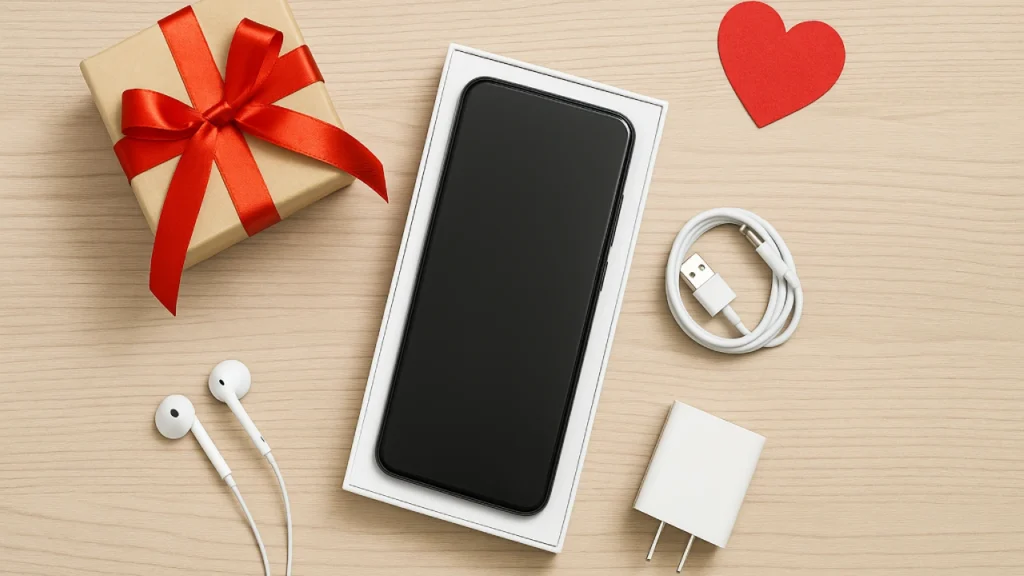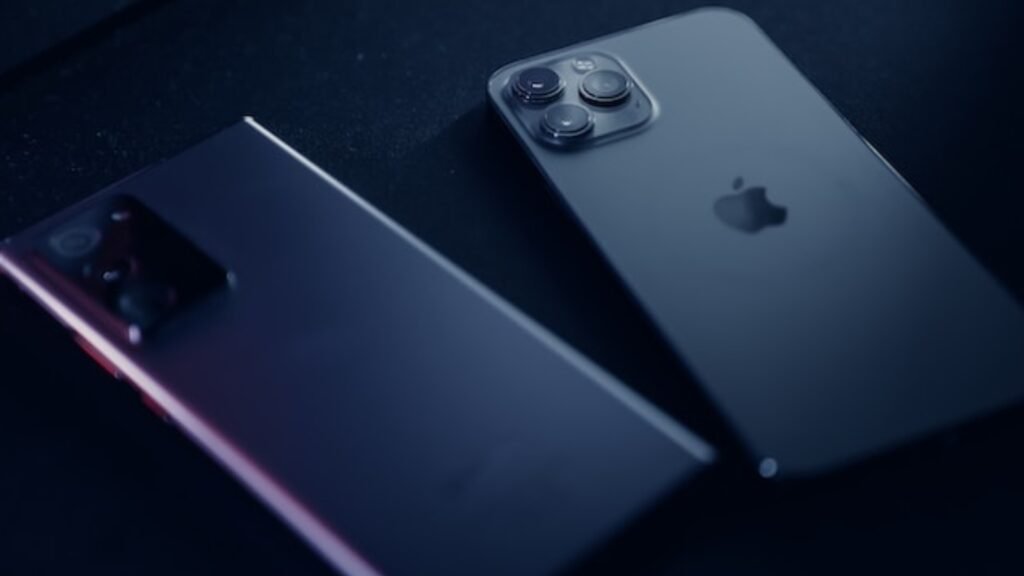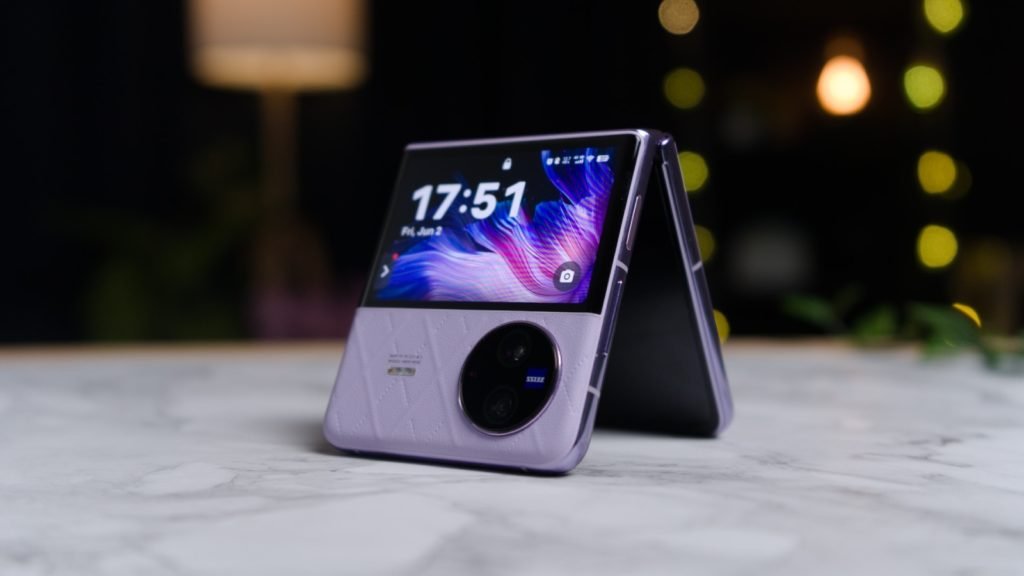Table of Contents
Highlight
- Uncover the hidden engineering inside your smartphone — from the powerful system-on-chip (SoC) that acts as its brain to the sensors, cameras, and display that bring your device to life every day.
- See how AI and automation are revolutionizing smartphones — from powering smart features like voice assistants and adaptive batteries to optimizing chip design and manufacturing for better performance and efficiency.
- Explore the future of mobile innovation — where sustainable materials, modular design, and advanced technologies like 3D printing and nanotech are creating smarter, greener, and more durable devices.
Smartphones have developed from easy communication devices to supercomputers in your pocket. They can do everything from message and video chat to gaming, photography, and tracking your health as a personal device. Have you ever pondered how that occurs?

Every element of your cellular device, from the minuscule processing chip on the main circuit board to the case itself, plays an important role in everyday aspects of technology and functionality you may take for granted.
This subsection will describe your experience with a cellular device, how it works, and how AI and automation are redefining the devices you use every day.
The brain: The system-on-chip (soc)
When we refer to SoC, we are always referring to every cellular device having some version of a SoC. Quite literally, the SoC is the brain of the smartphone. Unlike the laptop and desktop computers of old that had a separate CPU and GPU, the unit you call a smartphone has combined modes into a chip, otherwise known as a SoC.
- CPU (Central Processing Unit): This tracks the everyday tasks of opening apps, running the operating system, and multitasking between them.
- GPU (Graphics Processing Unit): This works visually, scrolling through your social media feed and graphics-filled games.
- AI Processor: This is what powers all of the special features like voice assistants, face ID, and smart camera features.
- Modem: The modem connects your cellular device to 4 G, 5 G, and Wi-Fi connectivity.
- Memory controllers: These controllers allow for the seamless movement of data between the CPU, which is the central processing unit, the GPU, which is the graphics processing unit, and storage.
Innovative companies(Apple, Qualcomm, and Mediatek) constantly work on improving their designs for SoCs. Apple’s A-series chips are completely designed solely for the iOS operating system to consume less battery and improve performance. Qualcomm’s Snapdragon chips are made for the Android operating system while striving for a middle ground of stable speed, power efficiency, and mobile AI performance.

Some new SoCs have even developed machine learning accelerators. This means your device can process an AI task on-device and use fewer cloud servers. Not only do tasks run faster, but it also means sensitive data does not leave your device.
Memory and Storage: The Short-Term and Long-Term Memory
Memory and storage will dictate your smartphone experience.
- RAM (or Random Access Memory): temporary memory that interacts with apps and processes you are running. More RAM will allow you to run more processes simultaneously. Most contemporary (2023) smartphones consist of 8GB or 16GB of RAM, which easily accommodate larger applications.
- ROM (or Read-Only Memory) and Flash Storage: the long-term storage that keeps around the operating system, applications, photos, videos, and other data. UFS 3.1 and other technologies have dramatically improved devices’ read/write storage speed, allowing applications to open and process large files quickly.
As applications, AI functionalities, and gaming become tougher to run, fast storage and memory are becoming necessary, as well as a big influence on the overall performance.
Sensors and Cameras: Eyes and Ears of Your Device
A smartphone is not only a computer; it is also the device that senses the environment in which you live.
- Cameras: Today’s smartphones can have triple, quad, or even penta-lens systems. With a wide variety of camera setups, these devices can successfully have ultra-wide-angle lenses, or macro and telephoto lenses, making them useful to someone interested in photography. Computational photography uses AI to improve photo quality in low-light scenarios, reducing noise and producing improved portrait images.
- Fingerprint sensor & face ID: Biometric authentication is among the fastest, most secure methods of authentication when compared to a password or passcode
- Accelerometer & gyroscopes: Allow applications for augmented technology, as well as detecting movement and gyro sensitivity in game applications.
- Ambient light sensor: Enhance battery performance and visual cues by adjusting display brightness and/or displaying brightness automatically.
Sensors engage with the real world, making smartphones simple devices into smart assistants and entertainment devices.

Display and Touchscreen: Your Window to the Device
The display is the part of the device you interact with the most.
- OLED and AMOLED: High contrast ratios, bright colors, energy efficient.
- LCD: Used in some devices, it is known for color accuracy.
- Touchscreen digitizers: They recognize taps, swipes, and gestures. With a higher refresh rate, like the iPad Pro’s 120Hz, you will experience smoother animations and improved responsiveness in games.
The inclusion of foldable displays, under-display cameras, HDR, and battery technology has changed how we engage with content, play video games, and consume media.
Power and Charging: Keeping Your Device Powered
The power supply to your smartphone is more than just the battery.
- Lithium-Ion Battery: Currently, they have a higher energy density and are lightweight.
- Fast charging: In many modern devices, from 0% to 50% in less than 30 minutes.
- Wireless Charging: An increasing convenience.
AI has even stepped in here. Adaptive battery technology, for example, tracks usage patterns and adjusts accordingly to allocate charge to applications that the user frequents to optimize battery life without the user needing to intervene.

Frame and Enclosure: Protection Meets Style
The frame and casing are more than a design aesthetic.
- Materials: Aluminum, stainless steel, and reinforced plastics provide the proper level of sealed weight and strength.
- Design options: Unibody construction provides rigidity, but modular schemes provide other benefits regarding repairability.
- Thermal issue: The enclosure is designed to pull heat away from components into the surrounding area.
Even the smallest design considerations are still modifying how the device feels ergonomically – the same materials, grips, and shapes are lasting longer as a result.
AI and automation in the background
AI and automation improve how phones are made as well, not just improving how we use phones.
- AI and Chip Design: AAI-powered design tools – such as Cadence’s chip design platforms – aid engineers in optimizing layouts to increase efficiency.
- Manufacturing Automation: Smart factories like those of Micron utilize AI to supervise production lines, optimize yield, and manage quality.
- On-Device AI: Chips like Google Tensor G4 enable real-time AI processing that lowers reliance on the cloud and improves the privacy of the user.
These breaks in approach guarantee devices are robust and intelligent from the silicon up.

The future: Smarter, Smaller, and Sustainable
In the coming years, we’ll see the device become smarter and less harmful to the environment.
- AI features: personalization/customization, adaptive screen brightness, smart battery life, how many background apps are stranded, and many others.
- Sustainability sourced materials – recycled metals, bio-plastics, modular and repairable parts to considerably reduce human damage to the environment.
- More complex methods of manufacturing – 3D printing, advanced nanotechnology, and cooling parts – are being used to create smaller, more lightweight, and sustainable devices.
The intent of those will lead to devices that are safer, durable, and sustainable with long human attention spans.
Conclusion
Smartphones are truly engineering feats of organization. Every piece of hardware in one of these devices, even the smallest silicon chip and the shell enclosure, has been designed with intent and purpose.
The more that you know about the building blocks of your device, the better you will appreciate the technology that you use and interact with multiple times a day for your convenience.
Are you interested in your own technology?

Search through and reflect on its components, and consider and compare other popular phone models to the device in your pocket, and reflect upon the differences. What stands-out component or innovation do you appreciate? Let me know by commenting below, or pass on your findings to a friend, and let’s continue the conversation about the technology that we are all using every day in our pockets!